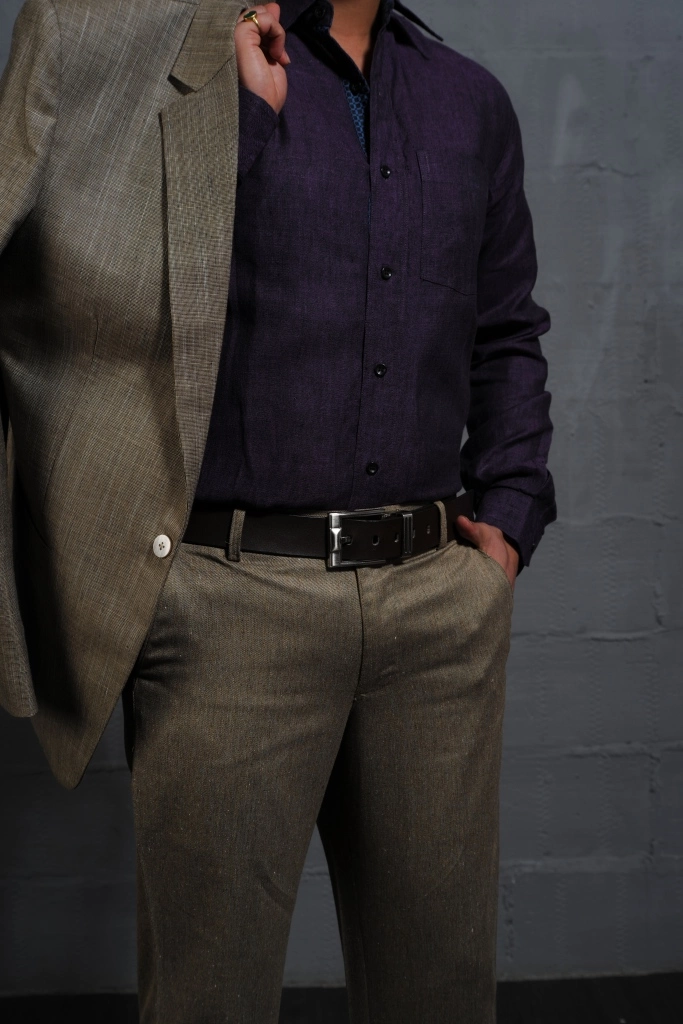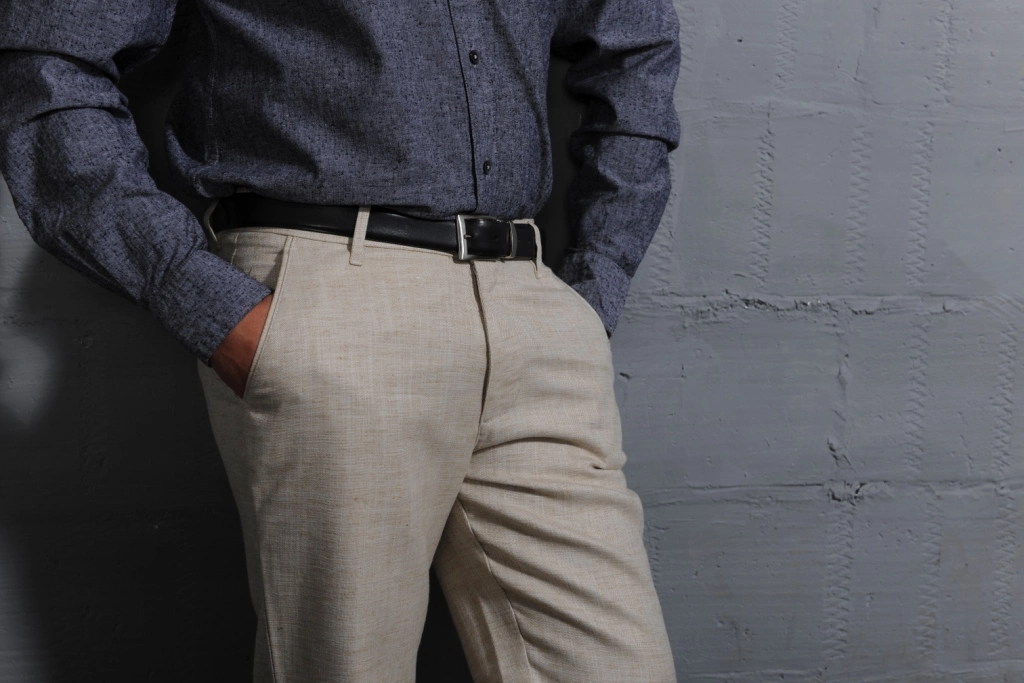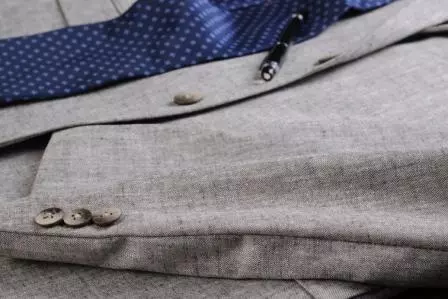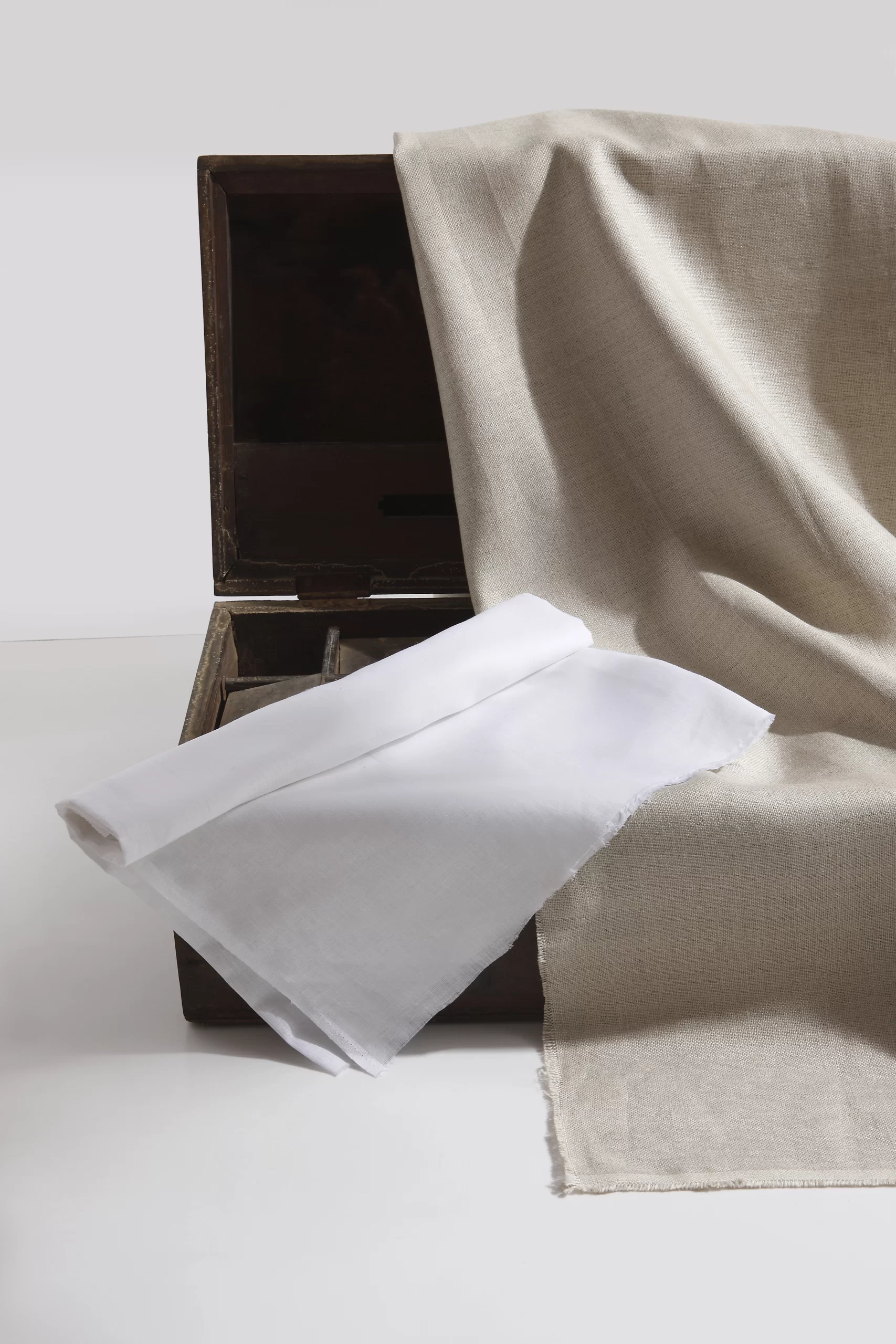Brands, online and offline are fiercely promoting their winter collection (linen fabrics). High streets are lit with beautiful Christmas window decorations and lights. Right from Diwali to Christmas and New Years’, retail stores across the globe look pretty in colorful decorations, sharing the vibe with the collection in-stores.
Moving on now is the time to also look forward to the spring and summer 2024 collection. While most brands must be in the packing and delivery phase of their collection, let’s give you a sneak peek into one of the regular fabric materials that are a spring and summer collection darling! Yes, you guessed it right, linen and linen blends. When you think of summer, you think of comfortable clothing in soothing colors especially if you are in a tropical country like India.
Previously in our blog of linen stretch fabrics, we already raved about how awesome linen is so we will skip straight to the part about how we can select the right linen fabrics for your customer’s wardrobe. If you are a boutique fashion house or an exporter of garments and have never before dealt with linen fabrics, then I hope this blog will guide you through it.
Let’s understand first, where all you can use linen fabrics and how you can select the right count of linen too. It is important to understand the various counts available to get your money’s worth.
- Linen Shirts
It is a no-brainer to have good linen shirt fabrics in your collection. While choosing the fabric, look at 40 lea, 44 lea, and 60 lea counts. Keep in mind that 40 and 44 lea are most commonly used and are less transparent than a 60 lea count. In these counts, go for plain for formal wear; self textures, and dobbies for festive and casual wear. Black and white colors are the most popular but for summer you can also choose pastel hues too both for men’s and women’s shirting.

- Linen Pants or shorts
Mostly, trousers made from linen fabrics are used for casual wear as pure linen fabric tends to wrinkle. If you are looking for a more formal or a stiff look, blend the linen with cotton and polyester to give it a firm feel and look. The most used count for bottom wear is 25 lea. If you are looking to keep chinos in your collection, then we definitely recommend you to go in for linen blended fabric as it becomes easier to style it for both leisurewear and semi-business wear. You may also look at some linen stretch fabrics for casual wear in dark colors.

- Linen Jackets
Pairing denim with a lightweight linen jacket is quite business appropriate and makes it a good pair for occasions too. A lightweight jacket or a blazer requires a 40 lea count with appropriate lining and cut to make it stiff and fall well. You can look at a 25 Lea pure linen count for a heavy, rich look. Today, even linen and cotton blended fabrics have become popular for jackets. These are more appropriate for relaxed evening wear though.

- Linen Sarees
In ethnic wear, linen and linen blends have become very popular now. In sarees especially, the fall of the fabric and the rustic/earthen look makes it a desirable fabric to work with for designers. For value additions like dyeing, printing, chanderi borders, or block-printing, we suggest looking at 60 lea count. If you are want to make a designer product of premium quality, then working with 70 or 100 lea counts can be a bang for the buck. Higher counts give finer quality fabrics that can be a good fit for designer sarees. The treat to this fabric can be as versatile as the saree itself. You can experiment with colors, trims edgings, blocks, etc.
- Linen Kurtis/kurtas
For the comfort that the fabric can offer, daily wear Kurtis, indo-western wear for men and women are also great avenues to explore for the material. Similar counts as shirting can be used here as well, that is ranging from 40 to 60 lea. A range of pastel colors in plains and dobbies offers an exciting canvas for styling and designing. A blend of linen, cotton, and viscose can also offer a smooth, comfortable fabric for ethnic wear.
Beyond the technicalities in count and fabric manufacturing, you can also look at some country-specific premium linen and blends for your collection. The most popular ones come from Europe. Belgian linen is quite sought after in the market and by far demands quite a premium because of the fine quality yarn which is consistent in quality throughout. Then there is Italian and Irish linen too. But be ready to shell out more for such premium qualities!
Add that masterstroke of linen to your spring-summer collection and fall in love with this beautiful and natural fibre.

